The Nation's Parks Are Rotting
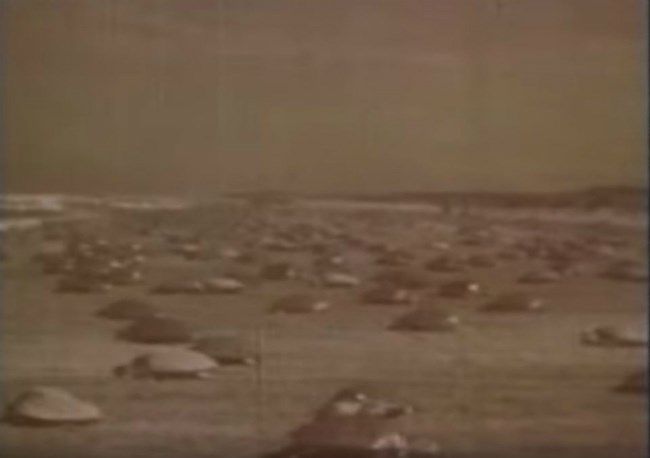
216 years, the Icelandic writer Andri Snaer Magnason writes: that is your true lifespan. The time from when your oldest living relatives were born to the time that the last person you will know dies: that is your era, in the same way that, say, America may be your country.
That’s the time, he writes, “you can hold in your bare hands.”
In that time you will know people, and people will know you, and know of you; your name will echo among people who met you face to face, and on who left their stamp on your life life — or on whom you stamped. It will be like a country. You will not know everyone, but you will know many people. You will leave influence in places you will never visit, both by deliberate deeds and the detritus you leave behind you, floating downstream.
Welcome to Heat Death, the newsletter that strives to be your atlas to the coming century. Mid-July finds the Brothers Elbein adapting to new jobs and new circumstances that seem loosely coalescing into something normal. Asher is back in Austin, building up steam before a long circuit of the East Coast, having submitted his co-written manuscript on the unfathomably ancient world of Big Bend fossils. (He also visited Denver and chatted with a magpie, which was nice.)
75 million years ago, you may have heard, Central and West Texas were a great sea. Even while sea lizards swam over reefs of giant clams, the creatures whose germ line would give rise to us were living in burrows and tree branches in the forests of Western North America. Even 75 million years ago, an unfathomably long time by human standards, that creature was already physiologically similar to us, with a social structure and general mammalness that you might recognize inside members of your own family.
That’s the idea that Saul has been playing with at DC Soviet, as the true weight of summer settles over DC, broiling the city beneath a nearly visible stew of particulates and simple water vapor rising off the omnipresent asphalt.
Except, that is, under the trees — on a hot D.C. day, he can run at midday from the killing heat of the payment down into the trails along Rock Creek and find that the temperature has suddenly plunged ten to fifteen degrees; the air not only shaded but cooled by transpiring trees.
It’s the kind of urban life-saving hack that we at Heat Death want to see become the rule, not the exception. But if land management is philosophy writ upon nature, Asher writes, then our nation’s most hallowed practitioners — the Park Service, Forest Service, and Bureau of Land Management — are still struggling to escape from something approaching nihilism.
It's Heat Death. Stay with us.
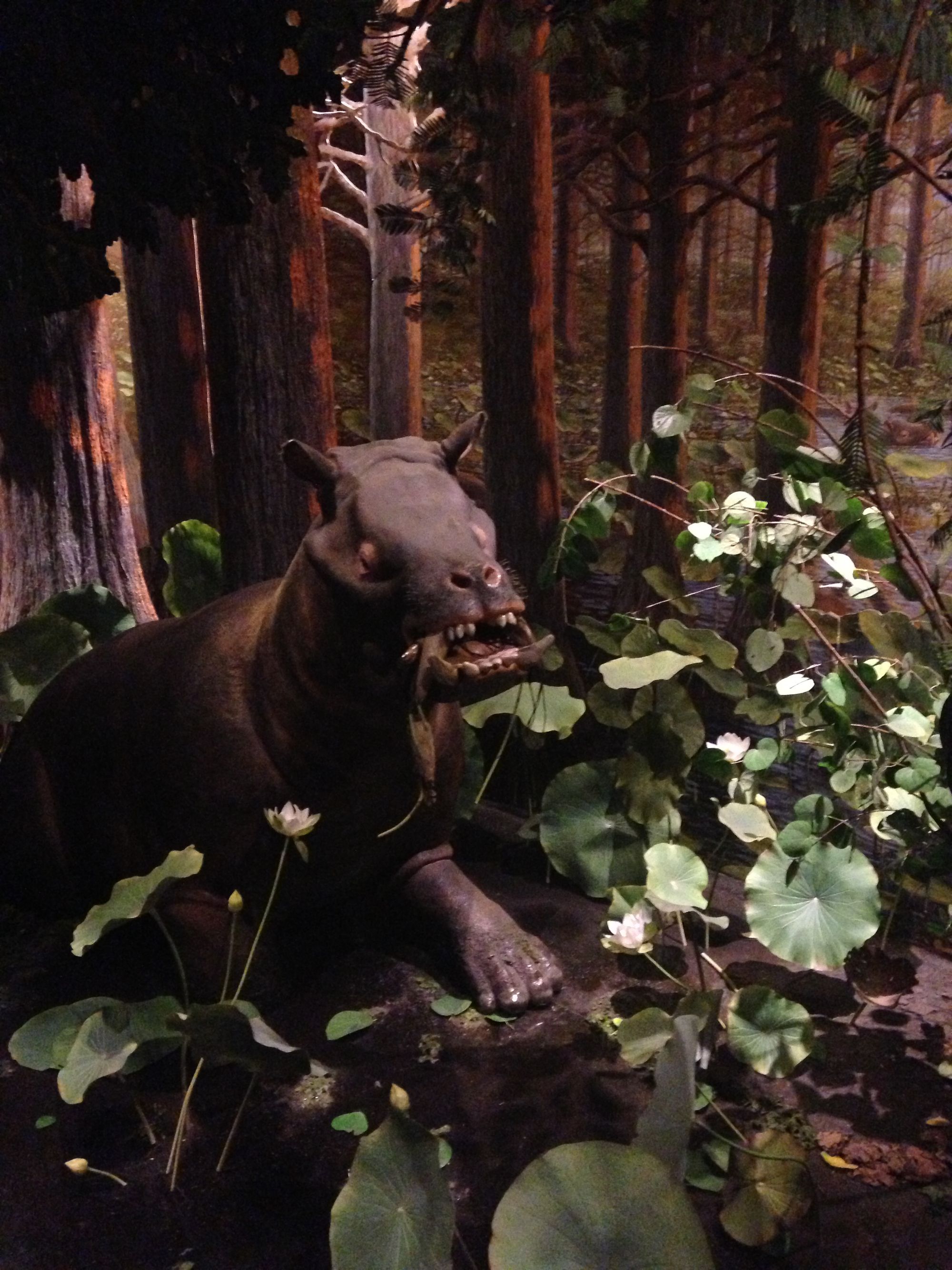
Lifespans
Saul here. How do you communicate the scale of the changes that have been done to the American, or the global, landscape? How do you communicate the scale of the ones that are coming? We reach for deep historical analogies and throw around big numbers, but all of that just scans as squiggles on the screen.
We might say, as a 2019 paper from the American Geophysical Union does, that the earth is 140 years from reaching carbon levels not seen during the Paleocene-Eocene Thermal Maximum, 56 million years ago. Those were the days when the equatorial seas were a hot, dead soup; when crocodiles and strange tusked mammals rolled and splashed in steamy swamps beneath midnight sun of the arctic, and the ancestors of whales began to take to the water.
But what do you even do with that? In On Time and Water, Magnason describe the difficulty of being an Icelander, watching the glaciers go — and the difficulty of trying to say that in a way that sounds like anything other than words. Who the hell knows what an Eocene is, or a million years?
So Magnason doesn’t talk about “climate” — as the title of the book lays out, he talks about time, and he talks about water. The drip of water across the landscape; the blood and bile that carries the germ line on, generation to uncertain generation.
In one essay, he sits with his daughter, Hulda, at the table of his grandmother Hulda. The elder Hulda is 95, and she is puttering around the kitchen. She is still active, and still a presence in the life of young Hulda, 12. When that girl grows up, Magnason realizes, she may be lucky enough to leave her mark on another teenager, who will carry her stories into a world she will never enter. And that girl — who may know young Hulda well, and may look to Hulda as a matriarch, the founder of a family — could easily live to 2140.
At which point, as mentioned, carbon levels not seen since the Eocene, when bizarre tusked mammals roamed the stifling rainforests of Austin. But yet even this is an analogy: language as a fetish object or good luck charm. We don’t know in any real detail what the Eocene or its creatures looked like: we are trying to scry a lost world from a few tantalizing, dessicated fragments kept intact by the most freakish of circumstances.
We’re sailing into the storm without any real map, because the map is changing; time and water, running together. The present not as a fixed point, rolling forward along a track at a steady clip, but as a fertile intertidal zone washed by conflicting flows of past and future, and sometimes deluged by staggering, sudden change. Days when decades happen, as Lenin said; decades when eons happen.
We’re not saying any of this to be depressing but to say this is what we are planning for. This is what is on the menu, what our families are going to inherit. This is what we’re working with. So given the level of rapid change we’re facing in the lifetimes of people that we are going to know: what kind of social structure, government, built environment is going to be nimble and resilient enough to make that handoff? And not just make it once, but over and over again?
For us, one obvious low hanging fruit is the diverse assortment of land management techniques with the uninspiring name of “natural climate solutions,” which can be summed up as “share the work.” Rather than creating buildings and streets that work against us — landscapes that are, quite literally, dead — we distribute the work of caring for the landscape among a vast, self-supported web of living creatures. Think of this as “salt marshes over seawalls,” except that the salt marshes are, of course, not simply natural infrastructure: they can live, adapt, and shift with a shifting world.
But that requires them to be allowed to, and that requires a land management ethos that looks squarely into the coming change and seeks to roll with it. Unfortunately, the long ambitious campaign that the Federal government waged across the 20th Century to restrain and channel the American landscape left us with something else.
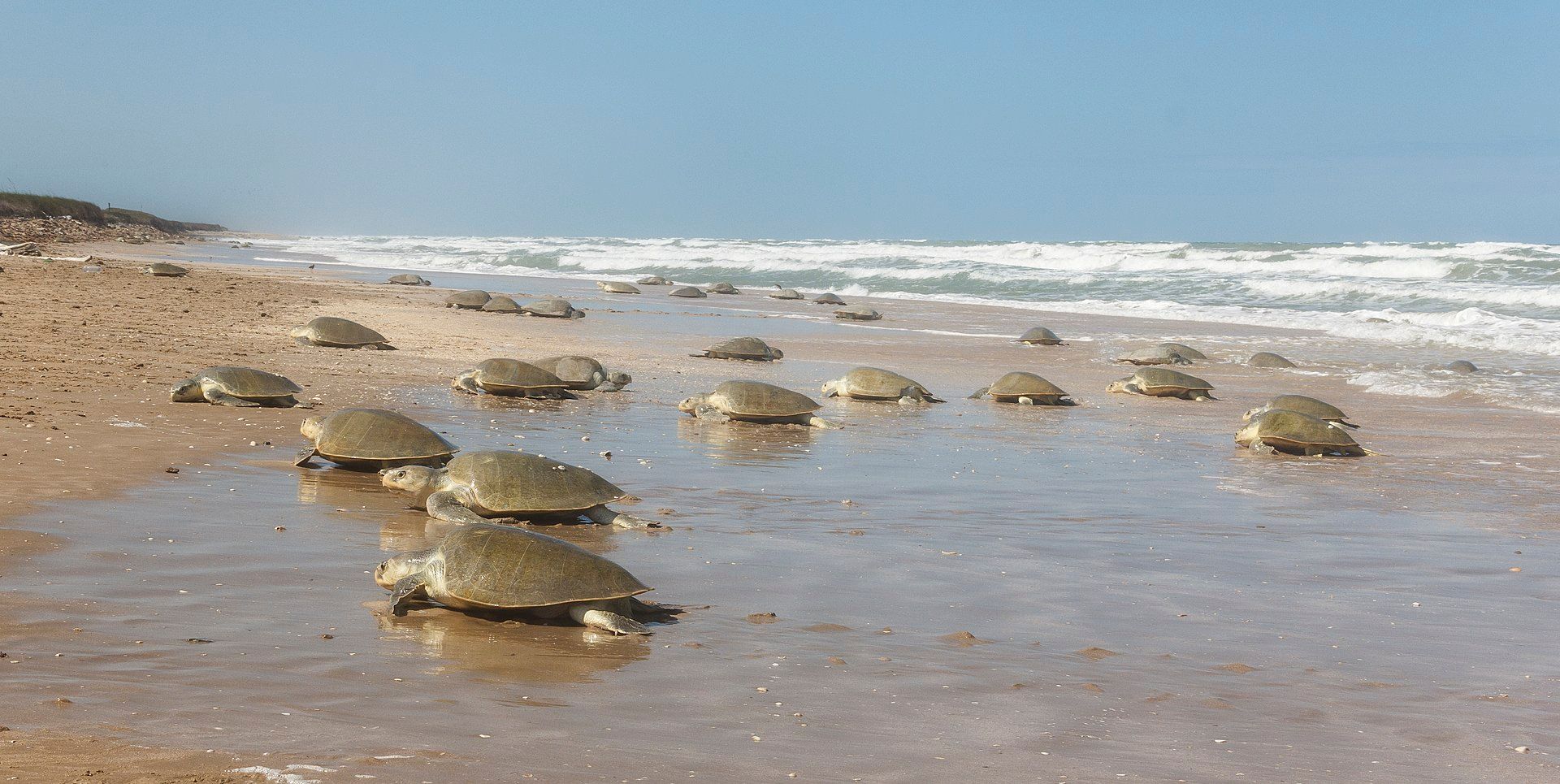
The National Park Service Is Rotting
Asher here. Here’s a question that rarely gets asked: What are the National Parks for? The vast mountain ranges, brooding forests, blooming hillsides and spectacular deserts—what purpose should they serve?
Are they to be held as primarily recreational landscapes? Keystones for biodiversity, helping to repair and restore landscapes, linchpins in networks of private landowners who build more resilient ecosystems? The last chance for endangered species? A nice place to take the family on summer vacation?
Or, to ask the question as it’s been framed these last few years: Are they an active priority for a federal government, or an old vehicle to be stripped—like so much else—for parts?
I’ve been thinking about this for the last few months, while reporting on an update to this Texas Monthly story I wrote last year, about the gutting of the Padre Island National Seashore’s Division of Sea Turtle Science and Recovery, and the apparent bureaucratic knifing of its leader and main proponent, Dr. Donna Shaver. The updated story itself ended up getting spiked by Texas Monthly. But even if it had run, there wasn’t much room in the piece for discussing the broader context: the serious institutional decay happening at the National Park Service.
But first, the story, in brief: let’s think of it as a case study for the sort of thing we’ll be talking about. For decades, Shaver’s Division of Sea Turtle Science and Recovery has been working to conserve the Kemp’s ridley sea turtle, smallest and rarest of its family. It funds and conducts scientific research, organizes rescues and monitoring outside the park, and knits together a constellation of private citizens, universities and government agencies. Shaver is widely respected in the field, and the program has gotten results: in 1996, only 6 Kemp’s ridley nests were found in Texas. In 2017, that number was up to 353.
It didn’t matter. In a report published in June 2020, regional Park Service officials recommended cutting funding from the program. They pushed for a sharp decrease in the number of beach patrols to find turtle nests, fewer relocations of turtle eggs, a rollback of the hugely popular hatchling releases, and a limit on research or conservation activities conducted outside the park. The park’s superintendent, Eric Brunneman—about whom more later—immediately stripped around $300,000 in grant money from the program, and forbade Shaver from speaking to the media.
You can go read that if you like—I think it’s a pretty good piece, and it digs more deeply into some of the scientific considerations at play, and into the turtles themselves. But what follows is not really about the turtles at all: It’s about the institutional decay destroying the program meant to protect them.
Hatchet Men
Let's talk about the face of some of that decay: Eric Brunneman, Padre Island National Seashore’s new superintendent, and the man who stripped much of the turtle program’s grant funding. Brunneman arrived at Padre Island in 2019, at precisely the time the turtle review was underway. A hatchet-jawed, grey-haired man, he’d been superintendent at parks like Pinnacles National Monument in California, the park service’s only California condor reintroduction site, and at Badlands National Park.
In both places, his career was marked by a tendency to move money around in a way that raises eyebrows. During his tenure at Pinnacles, Brunneman was subject to a complaint to the Inspector General for misuse of park materials: for one, instructing government employees to build a bell tower at a local school attended by his kids. (The IG kicked the complaint back to the Park Service, and it’s unclear what, if anything, happened afterward.)
According to Brian Kenner, the former manager of the Black footed ferret program at Badlands National Park in South Dakota, Brunneman actively neglected the ferret program and shifted its primary funding to other park departments, pushing Kenner to find a different agency to fund the work.
In 2014, Brunneman allegedly responded to Kenner’s warning about unsafe fire management practices by placing him on indefinite administrative leave “for the safety of myself and my staff,” — without, according to Kenner, any explanation as to the why. After a two-year investigation by the Interior Department's solicitor's office, Kenner kept his job with full pay.
Kenner wrote about his experience with Brunneman in a recent book, Hard Lessons in a Hard Land: How One National Park Service Employee’s Experience With Retaliation Reflects the Current State of the Agency and Our Divided Country, which he self-published in May. “He’s very secretive,” Kenner told me. “My experience with him from the very beginning is that he avoided every possible decision you’d expect him to make,” instead taking all cues from regional higher-ups.
According to a 2020 harassment complaint Shaver filed with the Department of the Interior, Brunneman seems to have gone after her directly after arriving at Padre Island. Not only did he strip the program of its grant money—redistributing the funds in the park and forbidding her from applying for more—he shouted at her for speaking up during meetings and continually pushed her to retire. Upon receiving the news that she’d been named a finalist for a Samuel J. Heyman Service to America Medal—the highest honor bestowed on public servants—Brunneman told her that “we’re mad about [the award].” He said that she would never get NPS grant funding for the program again.
“For the first time in my life I have started to stutter and shake,” Shaver wrote in the complaint. “Every day I fear that it will be my last at work. I fear he is going to trick me about something to fire me.”
On his way out the door, the complaint alleges, the park’s former superintendent told Shaver that a hostile review was coming, and that she needed to protect the sea turtle program’s funding from other park divisions that would try to take it. “I believe that Mr. Brunnemann wants me to be gone so that he can have access to my [primary] funding so and use it in ways other than intended.”
“I Don't Know Why We Got Into This Work”
What, precisely, is going on here? Jeff Ruch, regional director with the legal nonprofit Public Employees for Environmental Responsibility—which represents Shaver—offered a few possibilities.
One of them is that the Park Service has decided to pilfer Shaver’s grant funding and reassign it, and created a report as a pretext to do so. Another is simple revenge: Shaver’s research on the impacts of the Deepwater Horizon oil spill on Texas sea turtles was important to increasing the size of the recovery settlement, Ruch says. “She believes that her program, and Texas generally has been shortchanged, and that a lot of the Deepwater [Horizon] sea turtle money has gone to areas such as the Florida and Atlantic coasts, which weren't affected nearly as much. So a lot of the people she named in the last five years are the people who are behind this review.”
Upon the retirement of Shaver’s primary ally in the Park Service, Ruch says, “the long knives came out.” Regional officials were dispatched to Texas to find ways to cut the program—and Shaver—down to size, he says, and Brunneman was appointed in part to ensure that the review’s recommendations were carried through. Notably, Shaver’s complaint was bounced back to the Park Service, which declared it “unfounded.”
For the record, Brunneman did return any of my calls or emails in 2020, or the several I sent his way last year. Vanessa Lacayo, a spokesperson for the regional office, did email a response to a detailed list of questions. The Park Service does not “tolerate workplace harassment of any kind,” she wrote, and employees have to take trainings to prevent “discrimination, retaliation and harassment” every two years. (As anyone who has taken such a DEI training knows, of course, such rules are always followed to the letter.)
More importantly, though, Lacayo repeated the Park Service’s standard line in all this: that despite Brunneman’s stripping of almost $300k of already awarded grant money, the program’s primary budget hasn’t been cut. The projects which had won Shaver and her colleagues such respect were, Lacayo said, “unsafe and called for research beyond the scope of our agency… [they] also included research we felt would be better addressed through existing partnerships and agencies.”
In the complaint, Brunneman’s quote is more direct: “I don’t know why we ever got into this work.”
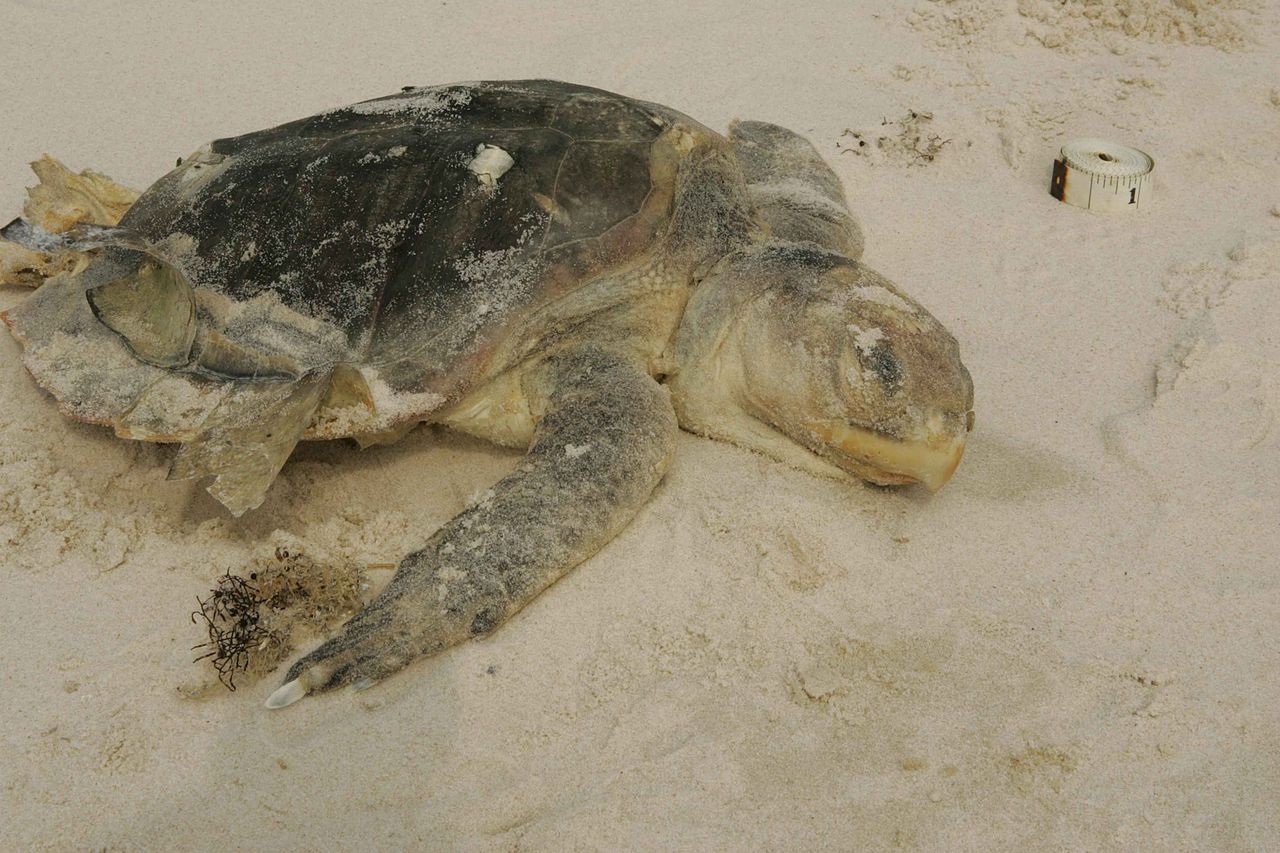
“Time to Move on"
But let’s put a pin in that, and step back to the question of what the National Park Service is for. Kenner—author of Hard Lessons in a Hard Land—told me that the agency has always had issues with scientific management. When the Park Service was established in 1916, it was largely run by rangers, who tended to manage according to their own vague ideas of what was appropriate: killing off wolves and mountain lions, for example, to increase elk and sheep herds. The parks were managed for recreation, and for an utterly ahistorical and invented sense of rugged, untamed nature. "Preservation” was the name of the game; conservation less so, and recovery least of all.
Only in the 1980s did the agency begin investing directly in natural resource management, Kenner said. That shift was formalized In 1998, when Congress passed the National Park Service Omnibus Act, directing the Park Service to focus on scientific research and conservation. The legislation was part of a larger Clinton-era effort to fund endangered species programs for animals like condors, black-footed ferrets and sea turtles. If you grew up in the 1990s, like I did, then this was the vision of the National Parks that you got: a place where researchers conducted long-term, important work on biodiversity and threatened species.
Maybe you still think of the program like that. The trouble is after 2001, all of that began to fall apart. The combination of a massive ramp-up of military and security spending, two interminable wars, and sharp tax cuts tightened federal budgets, pulling attention away from the actual American landscape. Over subsequent administrations, Park Service funding for basic operations plummeted.
Here’s what that meant, in practice: erosion set in. Necessary maintenance — remember, on infrastructure in often-harsh landscapes — stopped occurring. Scientific programs began to wither. Parks were deemed to be primarily recreational landscapes, and—to whatever extent possible—a privatizable resource.
Things reached a humiliating nadir under the Trump administration, which couldn’t be bothered to even appoint a formal director for the agency — although Biden, incidentally, hasn’t gotten around to doing so either.
Last year, Congress finally got around to passing a $6.5 billion funding package for the Park Service, all of it directed toward the agency’s nearly $12 billion backlog of necessary repair work. But the damage is well and truly done. The agency now rots from twenty years of austerity: rudderless, gun-shy from learned helplessness, starved of necessary funds and political will. The relentless selection pressures of privatization have done their work on the bureaucratic staff as well. “The people getting promoted now are fundraisers,” Ruch says. “The Park Service has largely been subordinated to commercial interest, and the quality of leadership is, in our view, bad and getting worse.”
Despite growing climate impacts—which are spilling out onto Park Service lands and creatures in unpredictable and terrifying ways—the agency is increasingly leery of getting involved with in-house scientific or conservation work, said Chance Cutrano, director of programs at the Resource Renewal Institute, a nonprofit conservation group. “We’re seeing a hesitance to list more species as threatened or endangered, in part because they’re a liability for agencies facing maintenance backlogs.”
In fact, Cutrano said, the Park Service has been apparently eager to outsource much of its scientific research and conservation to nonprofits and extension agencies, in particular the ubiquitous “Friends Of” conservancies that serve as clearing houses for private donations. (You know the ones: “Friends of Smoky Mountain National Park,” and the like.) Such public/private partnerships have their place, of course: landowners around parks can agree to host reintroductions or build up habitat, and zoos and nonprofits do vital work rescuing and breeding animals. But as Kenner and Cutrano both point out, they can’t replace a federal program in terms of reach and resources.
That, nonetheless, is what the Park service increasingly seems to be doing. When Kenner worked under Brunneman at Badlands National Park, he found that despite his program’s success, his budget continually eroded, and Brunneman pressured him to find other agencies to take the project over.
“We had a great cooperative effort with a bunch of different agencies and NGOs, but interest at the park service evaporated,” Kenner said. “It was like, ‘ok, we did this, time to move on.’ But you can’t do that with endangered species.”
He added: “You have to keep these projects going long term, or they fail.”
The answer to the question of what the National Parks are, in other words, seems to be largely answered through the logic of congressional appropriation and institutional priority: they are networks of trails, and they are recreational areas, and they are pretty backgrounds for instagram photos, and these are all fine, really. This is one thing they should be.
But it is not the only thing they should be. Not even close.
The Rot
In February, our Texan readers will remember, a blizzard of surpassing size and viciousness howled out of the north, blanketing the state in ice and venting its fury even on the Gulf of Mexico. Thousands of cold-stunned turtles floated in the sea, stiff and dying on the frigid waves. According to the Sea Turtle Stranding and Salvage Network, a cooperative of federal, state and private partners, around 13,000 sea turtles were rescued by private boats during the cold snap, among them critically endangered Kemp’s ridley and Green sea turtles.
This is good, private work — Friends of Sea Turtles, you might call it. But only 4,300 were rehabilitated and released. Most of the rest died.
Notable by its absence was the public sector, in the form of what had once been the local experts: Padre Island National Seashore’s turtle program. Where once the program would have taken an active role in coordinating and assisting in the response, Ruch said, “Shaver wasn’t able to lead deployments or make decisions about where teams went—and the park grounded her program and gagged her. She was basically sitting in the back seat, being told to shut up.”
In essence, park leadership seems to have decided, the fate of these sea turtles was beyond the scope of its responsibilities: a bureaucratic synonym for “not our problem.”
Here are some other synonyms for “not our problem,” while I have you: “Research beyond the scope of our agency.” Or: “Research we felt would be better addressed through existing partnerships and agencies.” Reasonable-sounding phrases, complete with the tantalizing suggestion that there is some other partnership or agency that will be taking an interest. Don’t worry! It’ll get done. By somebody else. Probably.
It’s subtle, but it goes bone deep. It’s the same rot, more or less, that led the Texas Legislature to fail in substantively overhauling the electrical grid in 2011, and to almost miss the deadline for addressing it at this summer’s session. Culture war arguments—like whether or not 19 year olds would be allowed to work in strip clubs and trans kids play sports—proved much more enjoyable than the rather dull question of whether or not the entire foundation of our electrical society functioned.
It’s the same rot that saw the Texas legislature focus on bringing the electrical utility under political control rather than fixing it. More broadly, it’s the same rot that has devoured the modern Democratic party alive over the past several decades, leaving them unable to contemplate doing more, at any point, than giving up.
The rot is a logic of retrenchment, abandonment, of shoring up petty fiefdoms and personal power at the expense of the work that needs to get done. The rot prioritizes cutting people down to size. The rot says it’s somebody else’s problem, or should be.
The rot says, spiteful and mean, I don’t know why we ever got into this work.
That's Heat Death. Thanks for joining us, and don't forget to subscribe if you like what we're doing.

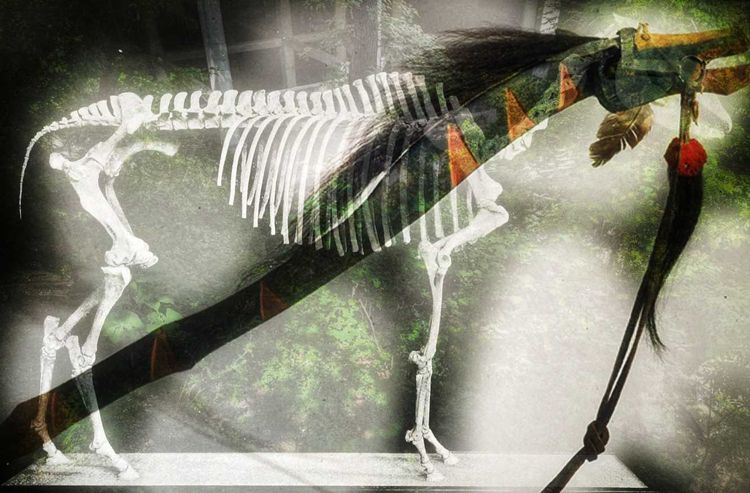
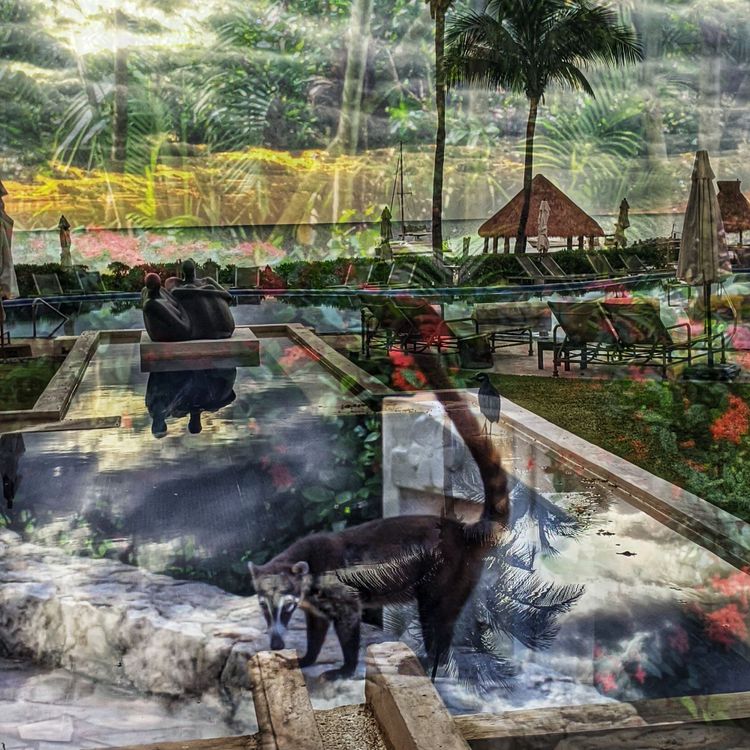
Member discussion